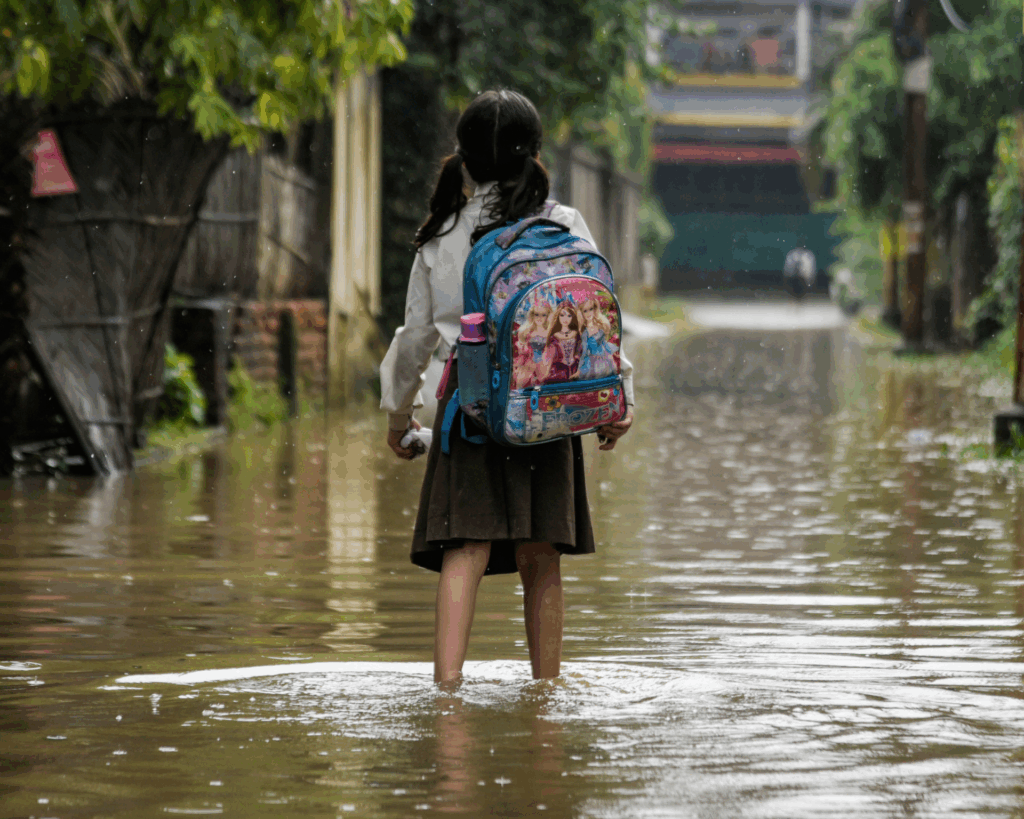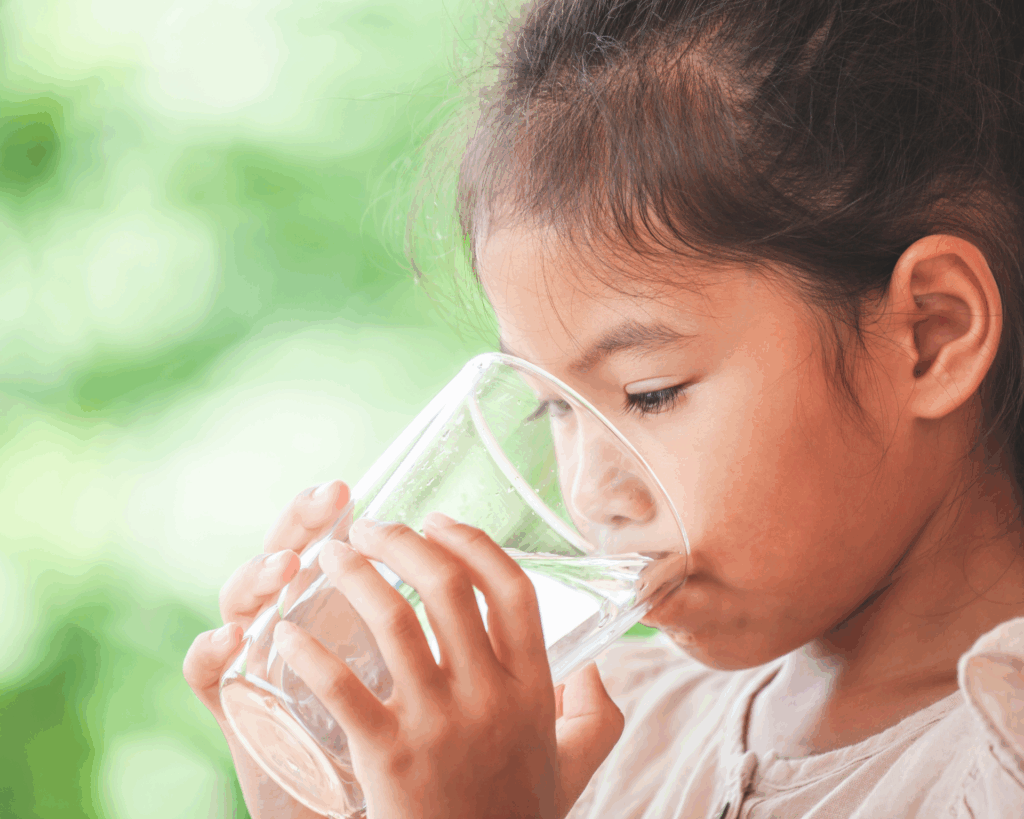Citizenship and Heat-Related Mortality
A recent study by researchers at the National Center for Environmental Health assessed whether non-US citizens have a higher risk of heat-related death than US citizens.

Read Time: 3 minutes
Published:
Many people look forward to hot summer days. However, for some, hot summer days increase the risk for severe illness or even death. According to the Environmental Protection Agency, heat causes the most weather-related deaths in the United States. Over 7,400 people in the United States died between 1999 and 2010 due to excessive natural heat.
A recent study by researchers at the National Center for Environmental Health at the Centers for Disease Control and Prevention assessed whether non-US citizens have a higher risk of heat-related deaths than US citizens.
Researchers used data from the National Vital Statistics System and the US Census Bureau American Community Survey to assess cause of death and citizenship status. Researchers only included individuals who had an underlying cause of death listed as “exposure to excessive natural heat.” Those who died due to excessive exposure to human-created heat were excluded.
Between 2005 and 2014, over 25 million deaths were reported to the National Vital Statistics System, and 5,195 (0.02%) of these were listed as having “exposure to excessive natural heat” as an underlying cause. Natural heat-related deaths accounted for 2.23% of non-citizens’ deaths compared to 0.02% for citizens.
Nearly 20% of heat-related deaths among non-citizens were on farms, which was much higher than the 1.5% for citizens. Other studies have found an increased risk for heat-related deaths among crop workers.
The majority of non-citizens who died from excessive natural heat were between the ages of 18 and 44 years (75.4%). For citizens, a little less than 21% were in this age group. Over 85% of the non-US citizens were Hispanic compared to 15% of US citizens.
Nearly 20% of heat-related deaths among non-citizens were on farms, which was much higher than the 1.5% for citizens. Other studies have found an increased risk for heat-related deaths among crop workers.
Nearly 95% of the non-US citizen deaths related to heat occurred in Arizona, Texas, and California. Only about 37% of citizen deaths occurred in these states. The researchers offer some possible explanations for this disparity, including health care access inequalities and border crossing.
Currently, most public health interventions that focus on reducing or eliminating heat-related illnesses or deaths are concentrated in cities. These interventions include public education about heat-related illnesses, cooling stations, and warning systems. These interventions may be missing non-US citizens, who are at the highest risk of death caused by excessive natural heat.
Feature image: ChuckSchugPhotography/iStock. Salinas, California, USA – September 17, 2015: Crop harvest by agricultural workers who spend hours bent over in the sun manually picking produce for grocers.



